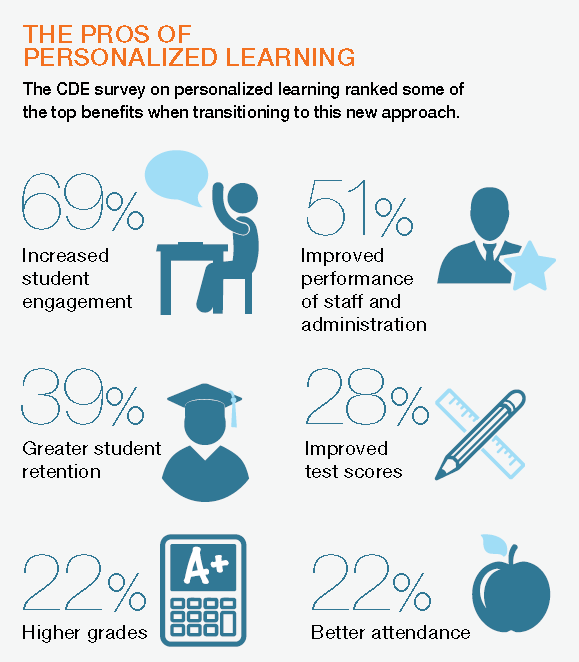e-Learning Ecologies MOOC’s Updates
Essential Peer Reviewed Update #7: Personalized learning
As professor Cope explains in the video on Differentiated learning, the classic mode of dealing with diversity is having the teacher speaking to the middle of the class. And most likely, the “middle of the class” was defined in terms of knowledge acquired. One way to deal with that in the past was separate students based on academic performance.
However, diversity in the classroom is not only about IQ, but also may include:
- Socioeconomic background (including international migration)
- Sexual preferences (Lesbian, gay, bisexual or transgender (LGBT) students)
- Learning and physical disabilities
- Learning styles
To address these types of diversity, State of New South Wales, Department of Education and Communities (2015) developed guidelines for personalized learning considering three types of differentiation: content (includes curriculum topics, concepts, or themes), process (refers to how students make sense or understand the information, learning style or preferences) and output (Reflects student understanding, i.e. reports, speeches, performances).
Technology and digital media provide the tools for teachers to be able to introduce personalized learning in a classroom. It is necessary to train the teachers and give them the right tools to ensure they take advantage of platforms and other personalization resources. According to a study at Cleveland Elementary in Santa Barbara, CA, using a platform for personalized learning had positive results on engagement, retention, improved staff performance and improved test scores (Dreambox, retrieved online April 2019).
Looking outside of the classroom, personalized learning can help deal with upskilling the workforce: most countries are dealing with risk of automation of their workforce, and at the same time hundreds of new jobs being created. How to retrain workers for the new jobs? How a company that decides to undergo a digital transformation deals with retraining its workforce that will have the same diversities described above, plus age (millennials, baby boomers, etc.). Media can help develop trainings in modules, so that with proper assessment of where workers are, they can start a path of training that can take them to their next job. Of course, for older workers, the first barrier might be to feel comfortable moving away form a traditional instruction setting, and for them probably the first module would be digitalization.



I fully agree that the affordances of ubiquitous learning, and personalized learning, are particularly attractives for adults who often need to combine work, learning for new tasks and/or jobs and, possibly, family responsibilities. As such, few can afford the luxury to learn in the context of a traditional class, in a given location, with a predetermined timetable and with a one-size-fits all curricula. The possibility, to allow each person to train at their own pace in what they do not know and skip contents that they already know is essential to shorten the time it takes to acquire new skills.
This is nice work. I personally feel this is highly required. Your lines are good and exact and the questions you asked, in the end, are also important.